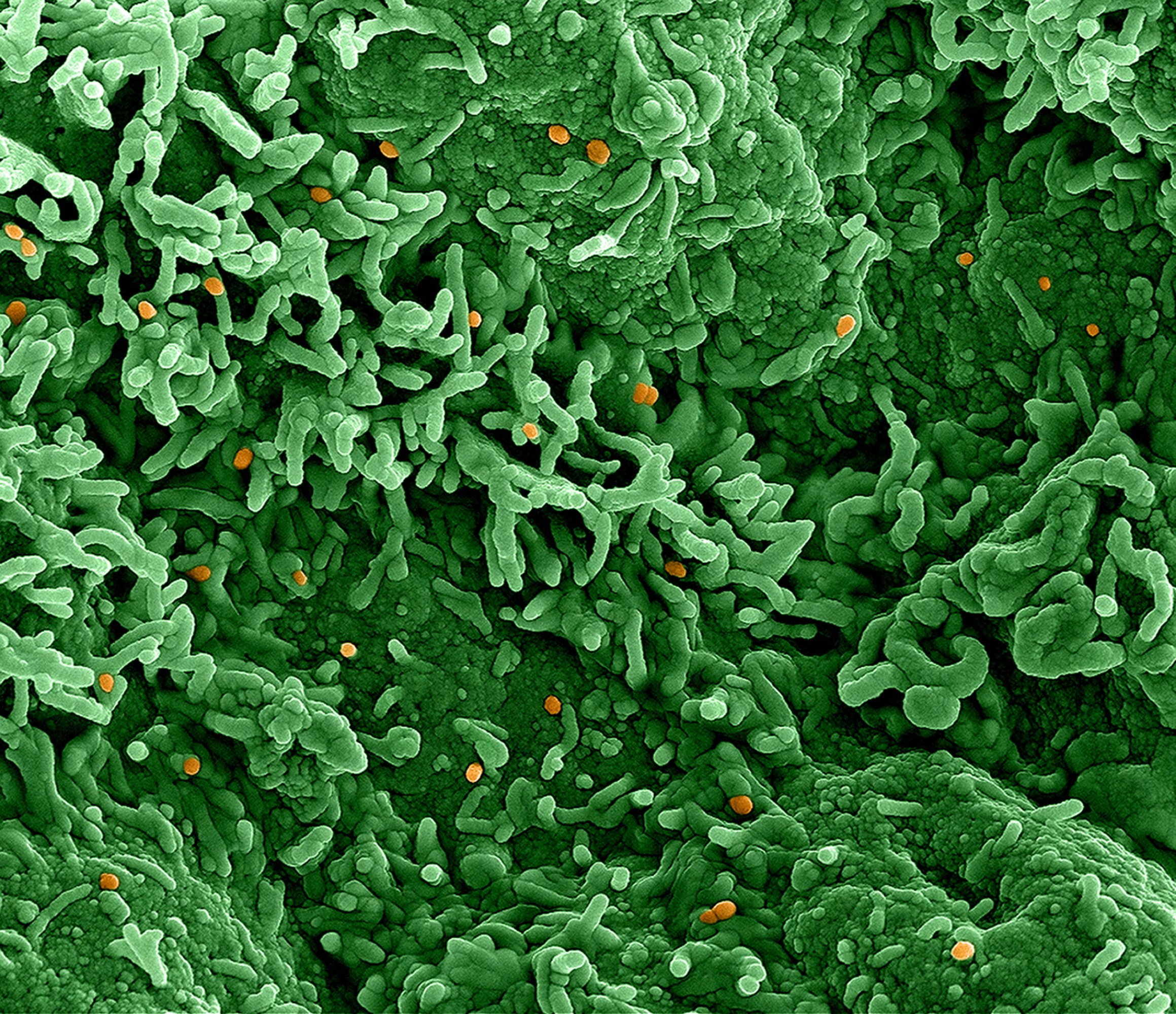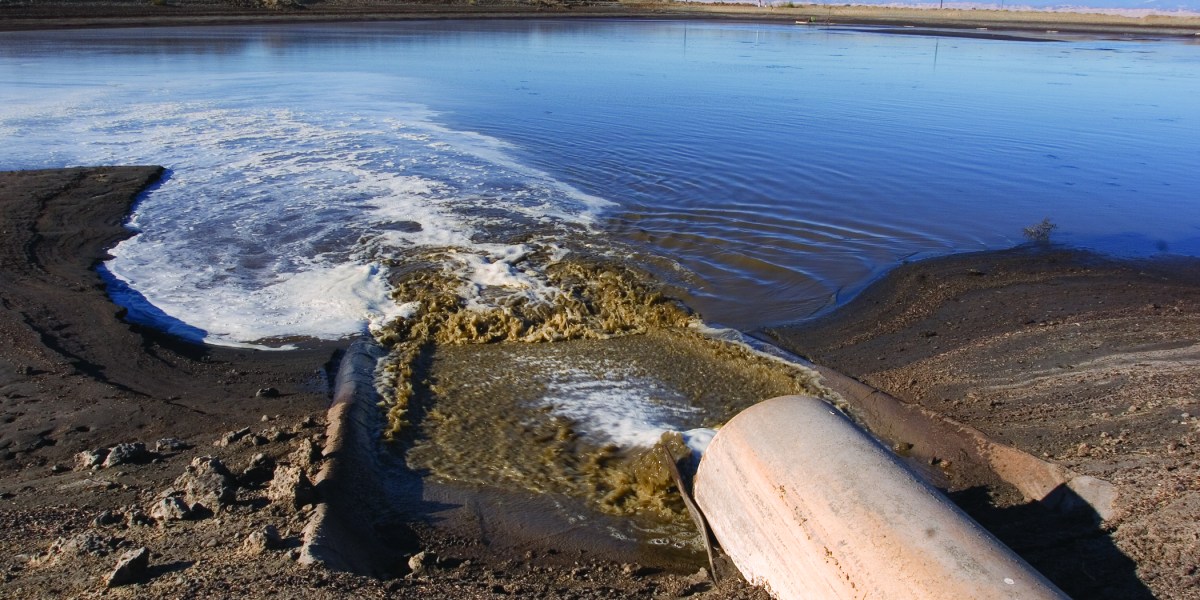Monkeypox is in Bay Area wastewater
Last month, Stanford’s Sewer Coronavirus Alert Network, or SCAN, added monkeypox to the suite of viruses it checks wastewater for daily. Since then, monkeypox has been detected in 10 of the 11 sewer systems that SCAN tests, including those in Sacramento, Palo Alto, and several other cities in California’s Bay Area.
As of July 21, the US had recorded 2,593 monkeypox cases. Globally, the virus has been detected in 74 countries—68 of which have not historically reported monkeypox.
SCAN began to monitor California wastewater for covid-19 in 2020. It’s the only public effort in the US to test if monkeypox is detectable in the shower, sink, and toilet water that is sent to wastewater treatment plants for decontamination. Extracting genetic material from the solids absorbed in raw, unprocessed sewage can provide a community-level look at where a virus or bacteria has spread, and how prevalent an outbreak is.
Everyone poops, but very few people are getting tested for monkeypox.
Over the past two years, the concentration of the SARS-CoV-2 virus in wastewater has mirrored trends in covid-19 cases confirmed by testing individuals. In late 2021, wastewater surveillance suggested the omicron variant was prevalent in the US much earlier than clinical testing reported.
Early data suggest that the concentration of monkeypox in wastewater can similarly inform us about monkeypox cases in the community, according to Alexandria Boehm, co-director of SCAN and a Stanford professor studying how pathogens are transmitted.
Now Boehm and her colleagues are working to use their wastewater data to estimate the actual number of people with monkeypox in the communities they monitor by modeling how wastewater data and monkeypox cases from the past month correlate. This estimate, which can be updated daily, would be a much faster way to track community spread than waiting for symptomatic patients to go to a doctor and get tested.
Unlike a covid test, monkeypox can only be tested for if the patient already has skin boils that a doctor can swab and test. These boils only appear 1 to 2 weeks after a person has been infected. Wastewater surveillance could help catch monkeypox infections much earlier.
This approach is particularly useful when there’s a clinical testing bottleneck. Everyone poops, but very few people are getting tested for monkeypox. Prior to June 22, only about 70 out of over 200 CDC laboratories nationwide were authorized to test for monkeypox. Five companies have since been authorized to perform monkeypox testing, but scaling up will take time.
A lack of accurate data on monkeypox infections makes it harder to create a model that can use wastewater to estimate monkeypox cases, because lack of testing makes it difficult to establish a real-world relationship between the two.
Monkeypox is in the same virus family as smallpox but is less infectious and generally has more mild symptoms. It’s still unpleasant—alongside flu-like symptoms, monkeypox’s telltale sign is the appearance of pus-filled blisters on the face, hands, feet, or genitals. Running water over these open sores in the shower or while washing your hands can catapult monkeypox DNA into wastewater.
Recent data suggest that the DNA of monkeypox can also be detected in a variety of bodily fluids from those infected. That includes respiratory and nasal secretions, spit, urine, feces, and semen—meaning a flushed tissue from someone with monkeypox can register the virus in wastewater.
If a pathogen’s genetic footprint can persist in wastewater for over 24 hours, SCAN can likely detect it. Covid-19 viral RNA persists in wastewater for well over 10 days. Though monkeypox DNA seems to clear the 24-hour threshold, there is no public research on how long it persists.
A question remains as to how much monkeypox DNA needs to get into the wastewater for SCAN to actually detect it. SCAN can sniff out covid from the wastewater from as few as two infected people among 100,000.
Even in a state like California, which keeps sewage and water drains separate, rain dilutes the quantity of viral DNA in wastewater. To account for that, SCAN normalizes its estimates using a virus with a well-established expected quantity—pepper mild mottle virus. Healthy humans excrete the harmless virus after eating pepper and pepper-based products, making it the most abundant RNA virus in human feces (conveniently, it’s also very stable in water).

There is no evidence that you can contract monkeypox from wastewater itself. What drives human-to-human transmission is prolonged, close contact with an infected person that exposes you directly to their rash, bodily fluids, or respiratory droplets, according to the World Health Organization. Bedding and clothing from those with monkeypox can spread the virus too.
Monkeypox has its own vaccine. The smallpox vaccine, which the US has in its national stockpiles, also offers protection against it. But public access to monkeypox testing, treatment, and vaccines is still limited. Examining wastewater can help public health officials spot monkeypox outbreaks without widespread testing and determine where to invest resources.
Wastewater surveillance can also detect new monkeypox variants, two of which are currently circulating in the US. Virtually all of the current outbreak is driven by monkeypox’s West African strain, which SCAN has a specific test for. This strain is more infectious but far less deadly than the other strain, known as the Congo Basin clade. In recent years, monkeypox has killed 3 to 6 percent of those it infects, and it is deadlier in young children. This year monkeypox has killed three people worldwide.
SCAN is, at present, the only effort releasing data on monkeypox in wastewater. “The Bay Area is at the forefront of wastewater surveillance because we are Silicon Valley after all,” Boehm says. “But it’s not that California has monkeypox in the wastewater and noplace else does.”




